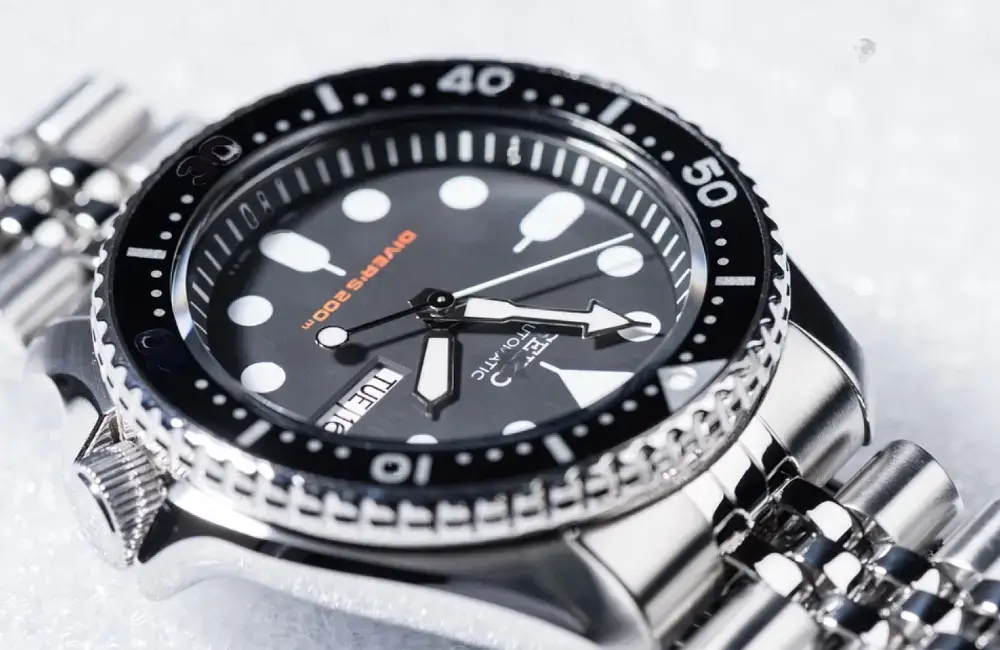How To Use A Rotating Bezel In A Dive Watch?
Calling all diving enthusiasts!
Are you ready to take your underwater adventures to the next level?
Look no further than a reliable dive watch and its rotating bezel ( one of the reasons of dive watches popularity).
And the best part?
You don’t have to break the bank to find a quality dive watch. Whether you’re on the hunt for dive watches under 300 dollars, need a specific black or white dial diver watch, or a diver watch that fits on your small wrist perfectly, we’ve got you covered.
So what’s the secret to maximizing your diving experience?
It’s all in the details, and that’s where your dive watch’s rotating bezel comes into play.
From measuring elapsed time to indicating the point of return, this indispensable tool is a game-changer for any diver.
But don’t just take our word for it.
Head over to the blog to find out more about how to use your rotating bezel and take your diving experience to new depths.
Trust us, your underwater adventures will never be the same.
What is a Rotating Bezel?
First things first, let’s talk about what a rotating bezel actually is. This simple yet crucial feature measures the elapsed time since the start of an event.
For diving, it’s important to rotate the bezel before descent so that the 12 o’clock marker is aligned with the minute hand.
Remember, the bezel should always be rotated counterclockwise to avoid damage.
By reading the graduation on the bezel to which the minute hand is pointing, you can easily determine the elapsed time.
How To Use A Rotating Bezel In A Dive Watch?
Here we have broken down the step-by-step process of using a rotating bezel in a dive watch:
- First things first, before you take the plunge, make sure to rotate the bezel so that the 12 o’clock marker is aligned with the minute hand – and remember, always rotate counterclockwise!
- Now, take a look at the graduation on the rotating bezel to determine the elapsed time.
- The first 15-20 minutes are typically highlighted, marking the point of return. However, keep in mind that the bezel is a guide only and divers should always double-check their remaining air before diving.
By following these easy steps, you can effectively use the rotating bezel in your dive watch to make the most of your underwater adventures.
Types of Rotating Bezel Construction
Now that we understand the importance of the rotating bezel, let’s explore the two main approaches to its construction: external and internal.
External bezels, first introduced by Rolex and Blancpain in the 1950s, remain the simplest and most user-friendly option.
However, they can be susceptible to wear and tear from debris and accidental damage. Some newer models, like Citizen’s removable bezel and IWC’s Ocean 2000, have addressed these issues.
On the other hand, internal bezels are operated via a screw-down crown or a dedicated pusher and may have bi-directional or unidirectional options with a locking mechanism.
While they offer more versatility, these watches can be challenging to operate single-handedly, especially in water.
Conclusion
Your dive watch’s rotating bezel is an indispensable tool for tracking time while exploring the depths of the sea.
By following the steps outlined above and understanding the different construction options, you can take your diving experience to the next level.
Remember, the rotating bezel is a guide only, so always check your air supply before diving.
So, strap on your dive watch, and get ready to explore the depth of the sea safely.

